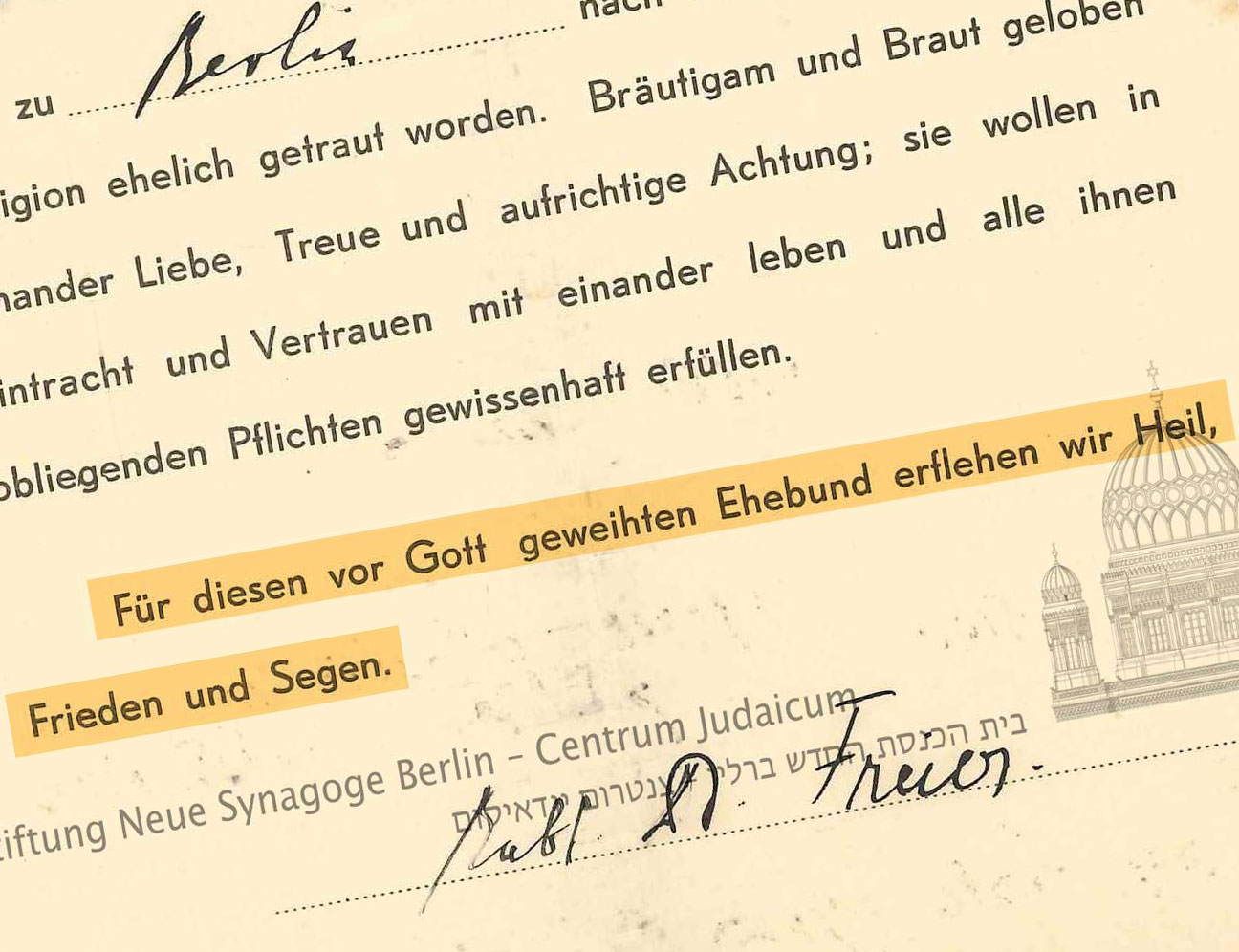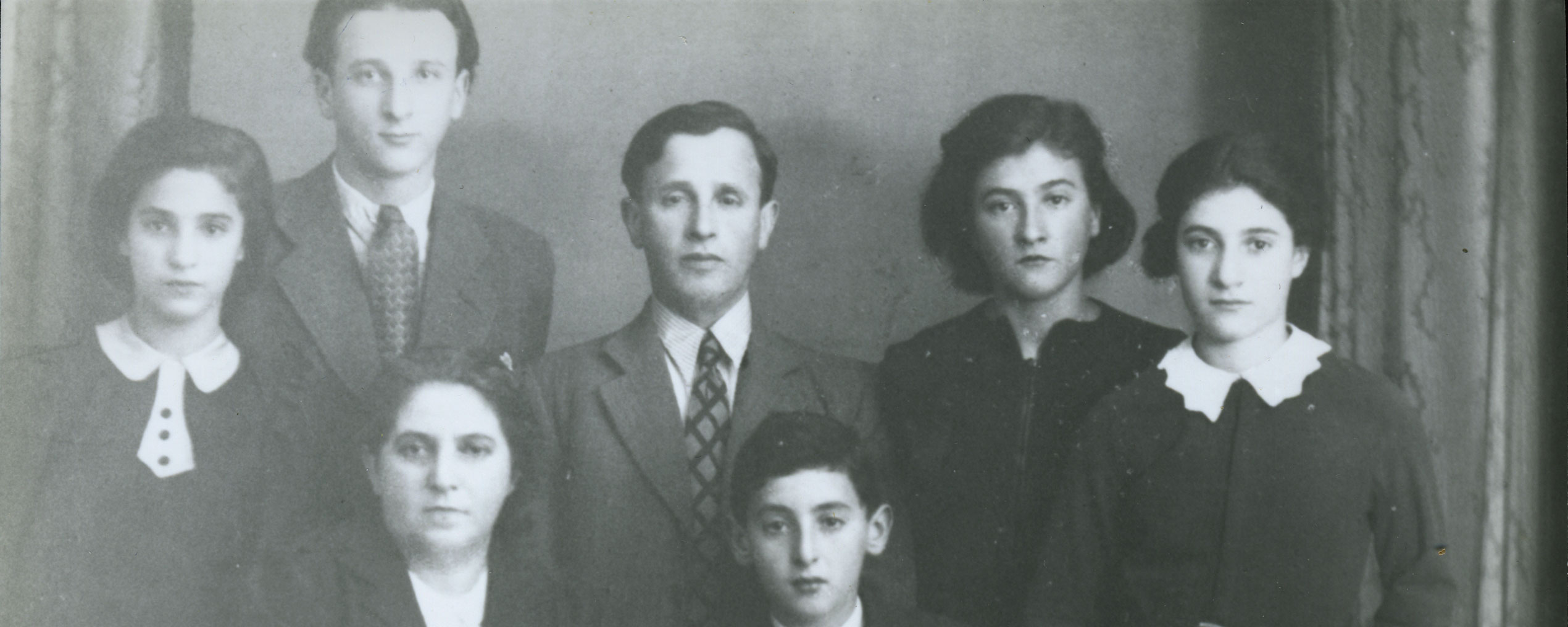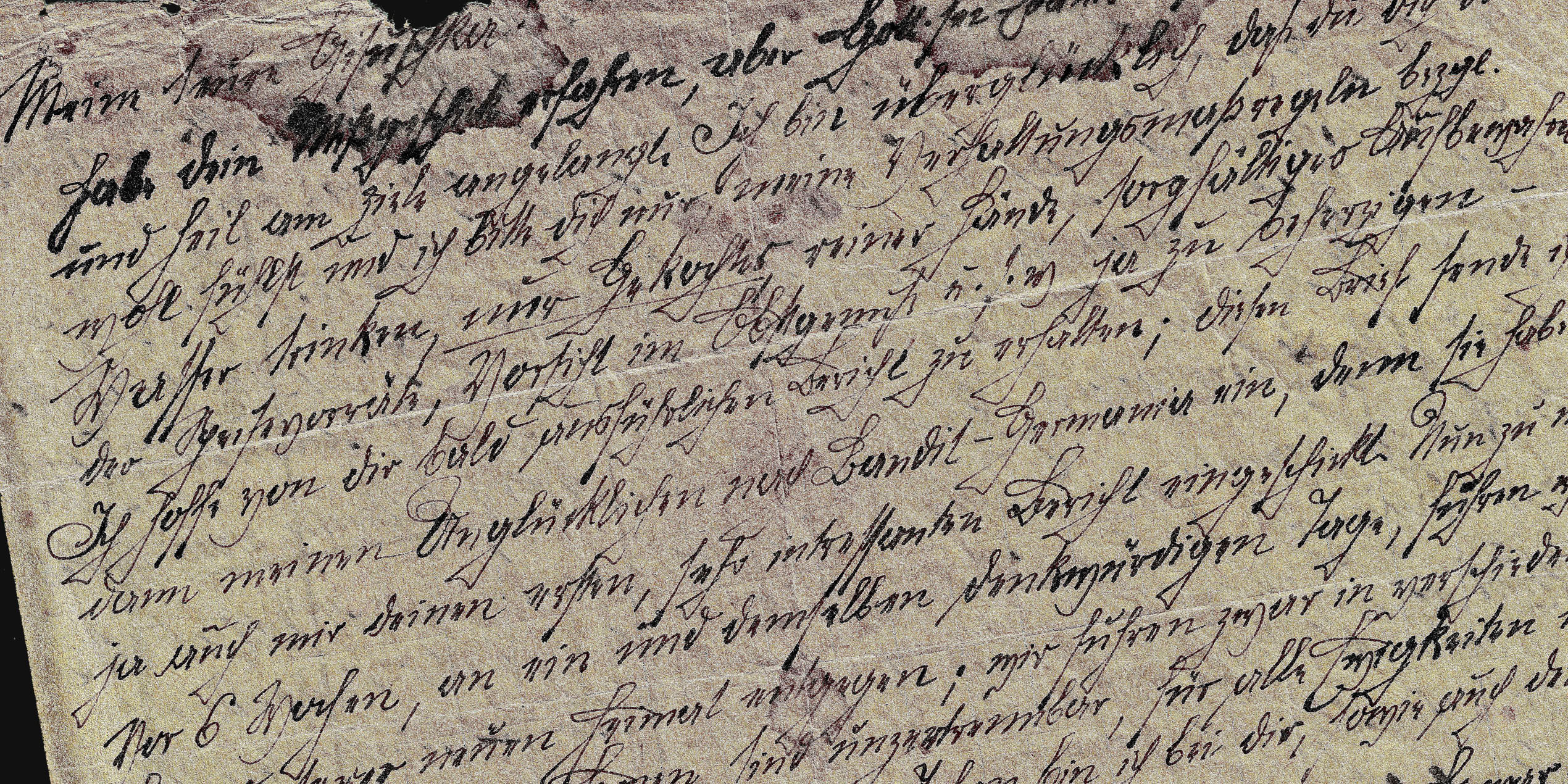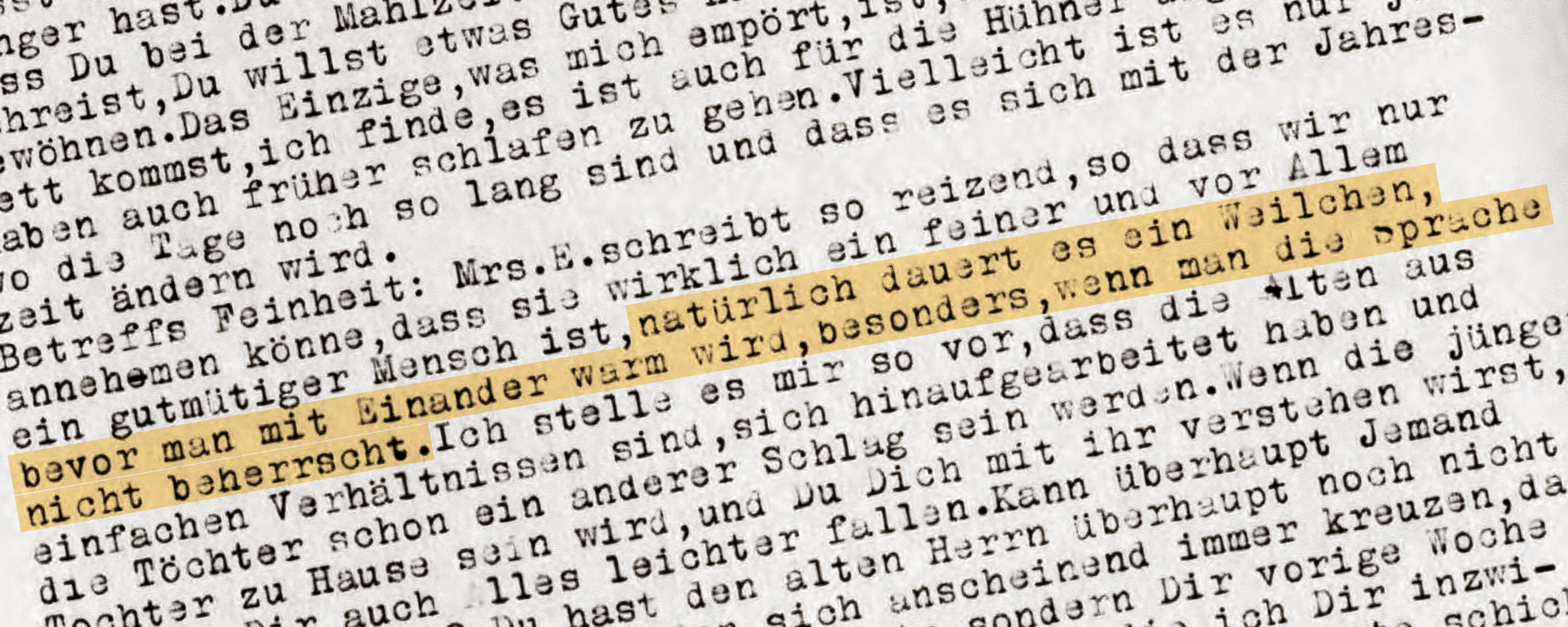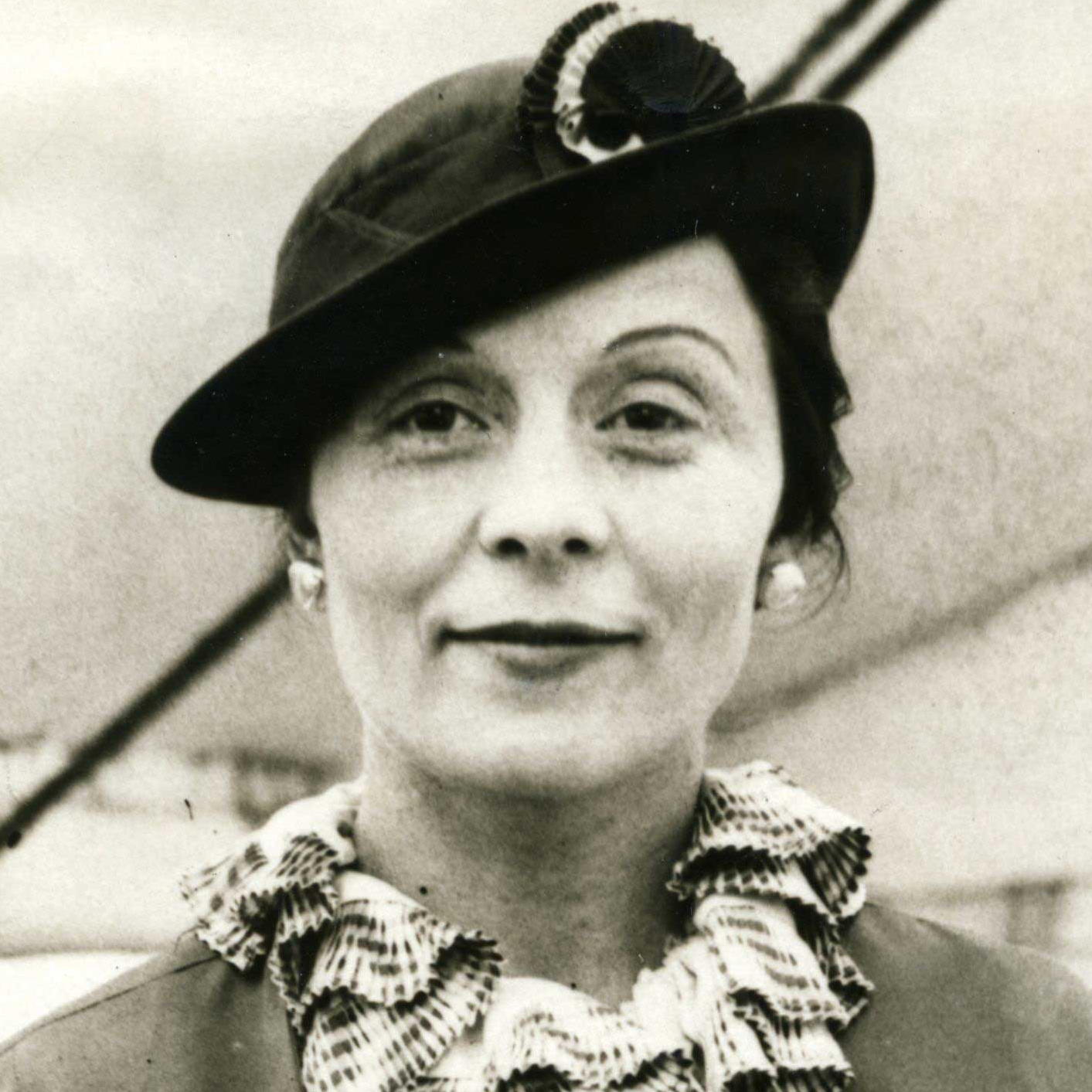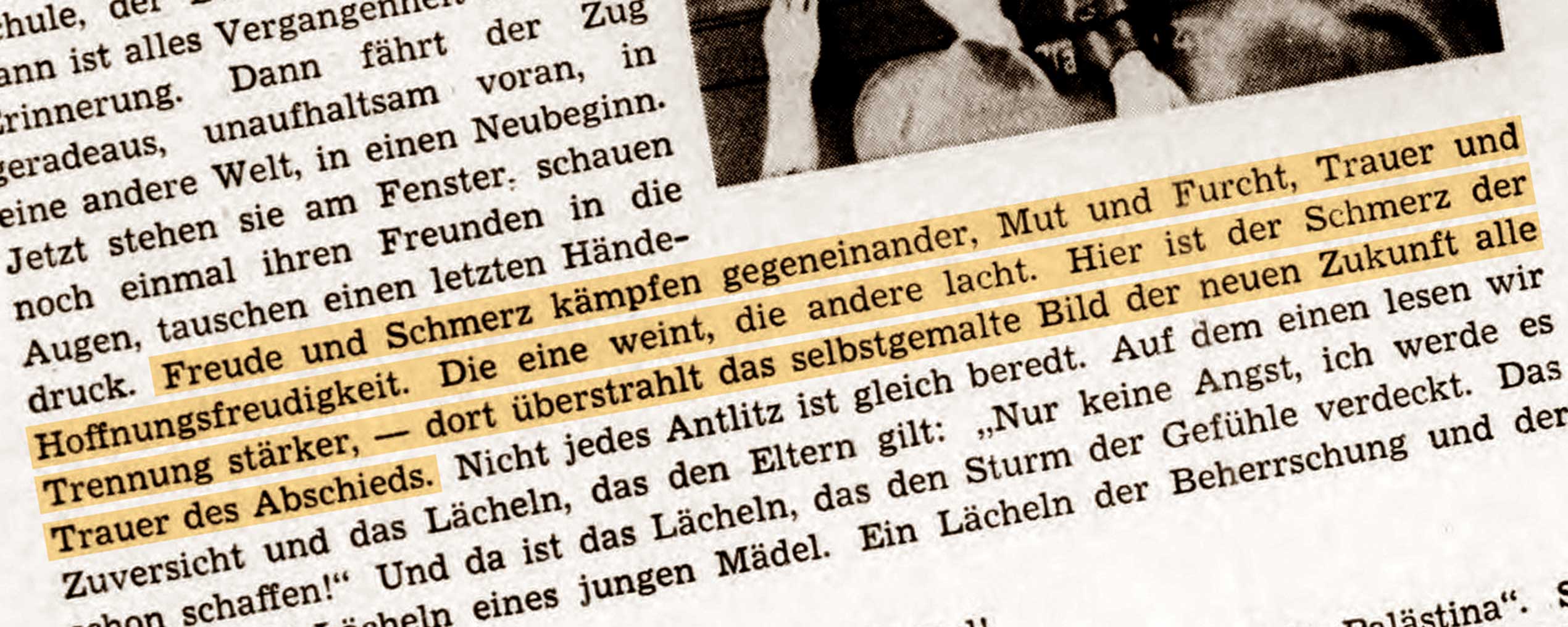A girl leads the way
Hope for a future in Palestine
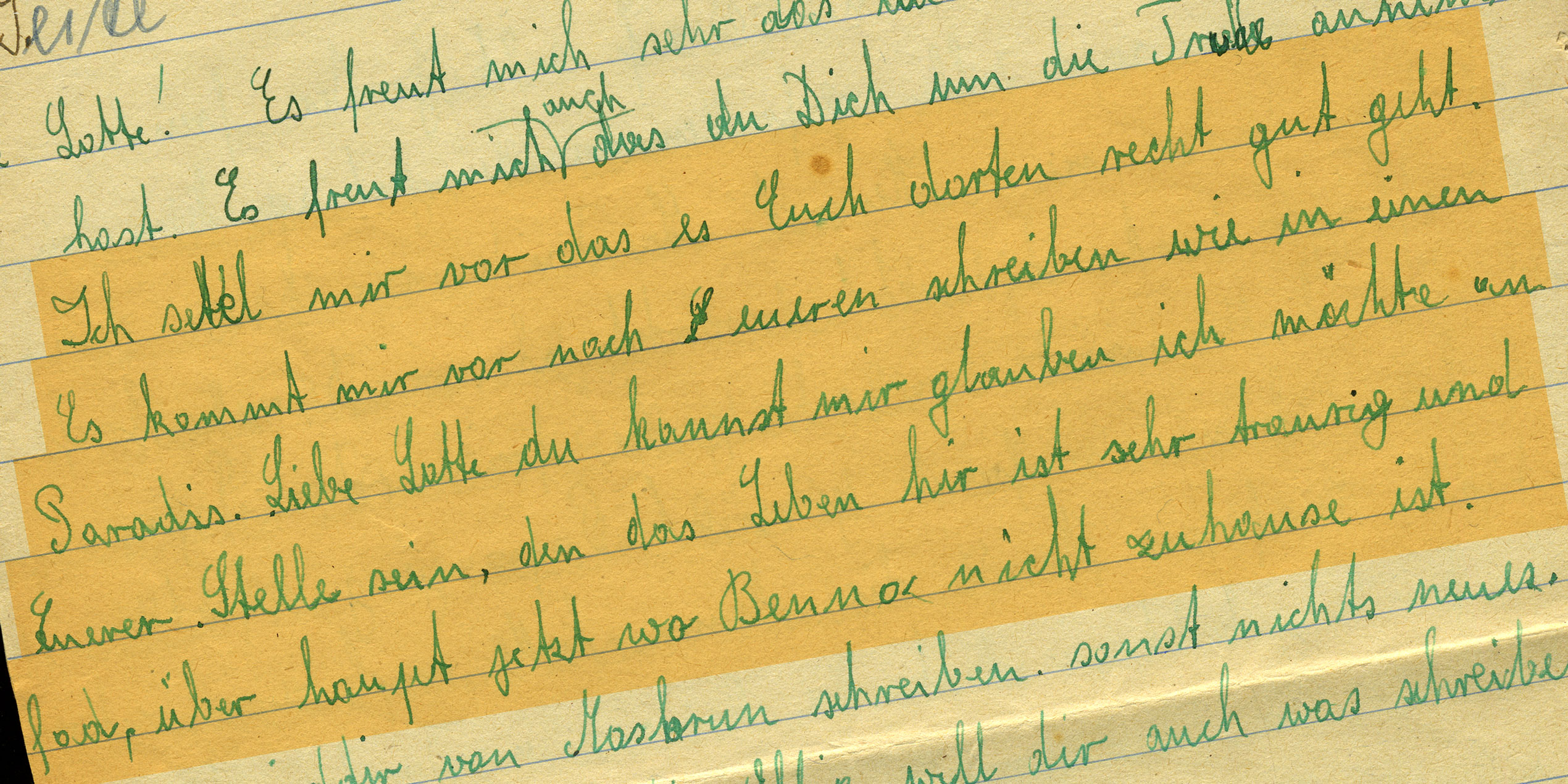
“I imagine that you are doing well there. According to your letter, it seems like a paradise to me. Dear Lotte, you can believe me, I'd like to be in your place, as life here is very sad and boring, especially now that Benno is not at home.”
Vienna/Gan Shmuel
The arrival of Gertrude Münzer’s first letter from Palestine was a cause for joy, relief and hope to her family that had remained behind in Austria. The Münzers were a well-integrated family, but after the annexation of Austria by Nazi Germany, the tide turned and they had to endure increasing hardship, starting with their eviction from their home and Moses Münzer losing his job. With parental encouragement, Gertrude was the only member of her family to go to Palestine with a Zionist youth group. Inspired by her example, her older brother, Benno, had gone on hakhsharah. In his reply to Gertrude, dated November 4th, her father pleads with the 15-year-old girl to recruit support for him at the kibbutz or elsewhere to enable him to follow with the rest of the family.
SOURCE
Institution:
Leo Baeck Institute – New York | Berlin 
Collection:
Gertrude Knopf Family Collection, AR 11692 
Original:
Source available in English



